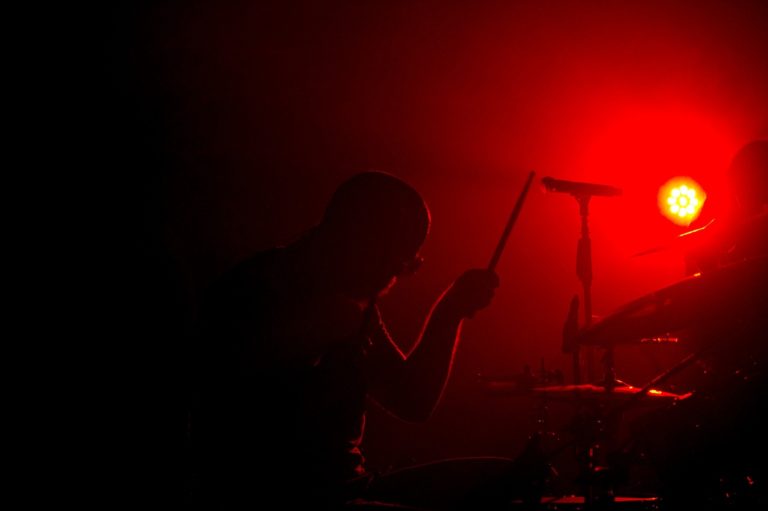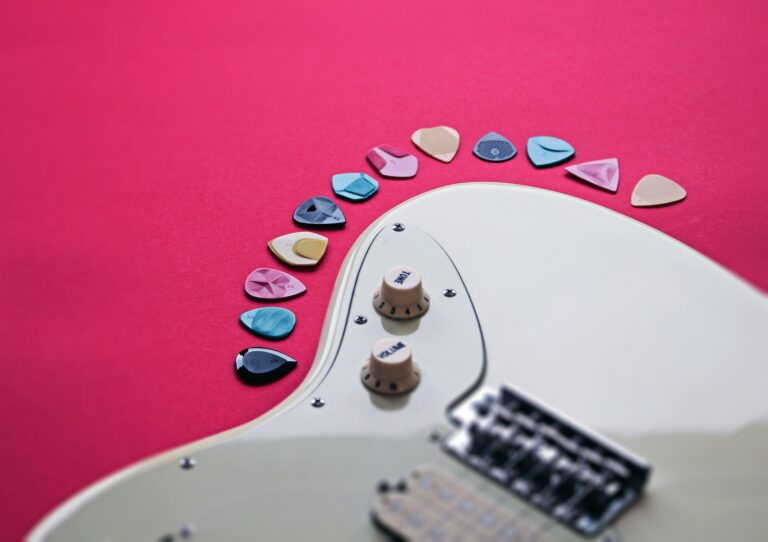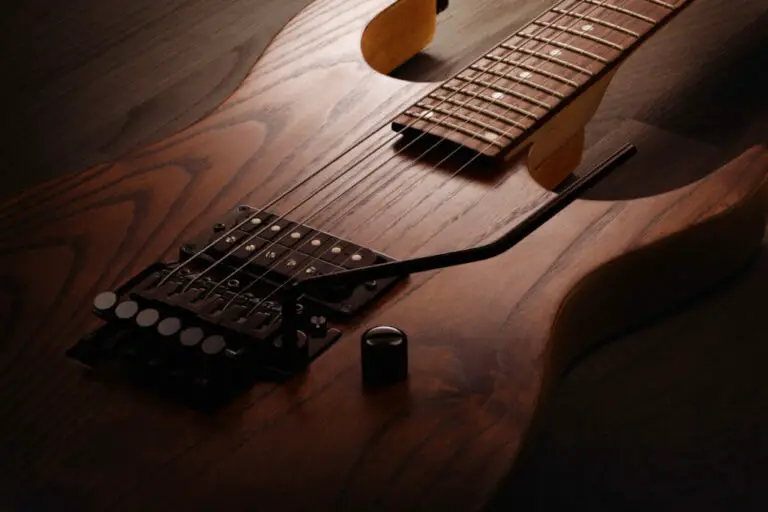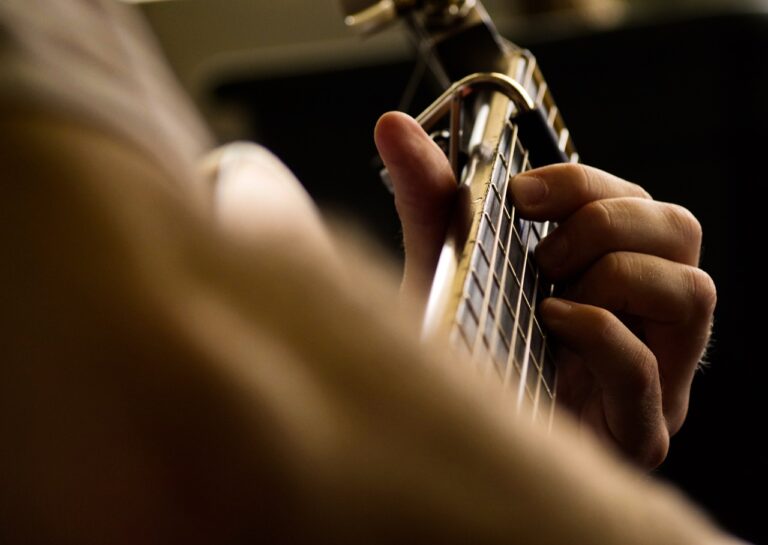Do Colored Vinyl Records Sound Worse?
Buying vinyl records used to be straightforward. Locate the album you’ve been pining for at a record store and choose between black vinyl and even more black vinyl. Nowadays, with colored records, artists seem to put more effort into LP design than the songs themselves.
While they may look impressive, is there a tradeoff? Do colored vinyl records sound worse than regular records?
Colored vinyl records don’t sound much different than black records. Most vinyl enthusiasts won’t notice the difference. However, devout audiophiles may see a slight reduction in sound quality with colored records.
If that answer doesn’t work, keep reading. Let’s dive into the differences between black and colored vinyl.
Colored Vinyl vs. Black
Other than color, the chief difference between black and colored records is the manufacturing process. Material differences between black and colored vinyl affect sound quality.
Manufacturing
First, it’s crucial to understand how vinyl records are made. A Master disk is created and used to imprint grooves in records via electroforming. Factory workers then press and inspect the records. With black vinyl, record makers apply black carbon to PVC.
Everything else remains the same for colored vinyl, except record makers use colored dyes instead of black carbon.
When making multi-colored vinyl records, the process is more complex. For splatter effects, record makers use one dye for the base color and another for the top layer. Manufacturers create three layers for the base, image, and grooves for picture disks. Generally, more dyes (in one record) mean lower sound quality.
Appearance
Black vinyl records are, well, black.
Colored vinyl records are more interesting to view. Artists use a variety of effects to make colored records look great on walls. Examples include solid color records, records with colorful splatter, and galaxy-like designs. Picture disks are also common, on which artists may print album art.
The proportion of people buying records because they look nice is higher than ever. People can stream their favorite albums from Spotify, but they can’t hang them in their living room.
Sound
Nowadays, the sound quality difference isn’t as notable between black and colored records as it was 20 years ago. Still, black vinyl remains the best choice for audiophiles.
It comes down to black carbon being more durable than other dyes. This factored into the decision to make records black in the first place.
When Did Colored Vinyl Start?
The first colored record debuted in 1908, thanks to the Edison company (yes, that Edison). These cylindric concoctions called Blue Amberol records were known for their durability. Unfortunately, they were impractical and fragile, so claims were greatly exaggerated.
Colored vinyl disks as we know them today started in the 1920s. Vocalion Records manufactured and sold red 78s to appeal to people’s sense of wonder. Because they could sell the records on their appearance, Vocalion didn’t put much thought into sound quality.
By the 1940s, record companies were pushing multi-colored vinyl disks. Their unique design effects, like splatter, appealed to millions. But technology restrictions meant people had to choose between mesmerizing LP designs and records that played music well.
Colored vinyl got better over time with advances like Everclean vinyl (which reduced static). Nowadays, colored vinyl can look fantastic on display while providing superb sound quality.
Types of Colored Vinyl Effects
There are plenty of ways record makers make intricate record designs (barring picture discs). Multi-colored vinyl enthusiasts have categorized the many visual effects you’ll see on LPs nowadays. We can’t do them all justice, but we’ve summarized a few of the most common.
Splatter Vinyl
Splatter vinyl is the most common effect on colored records for good reasons. It’s mesmerizing, abstract, and reminiscent of going through a wormhole. These records have various colors of lines streaking out from the center.
Record makers take various dyes and use a machine to press them onto the record. This results in the dyes being pushed away from the center, giving splatter vinyl its signature look.
Galaxy Vinyl
Galaxy vinyl records look like galaxies — no surprises there. However, there’s more to it than that. The galaxy effect can be either translucent or opaque.
Translucent galaxy records change at different angles to light sources. They exude holographic vibes and are, without a doubt, a trippy experience. Thus, this look pairs well with psychedelic rock.
Opaque galaxy records look the same from all angles. This benefits those who’d rather display the album than play with it. These records provide excellent, eye-catching contrast. However, this effect may sometimes look more like a rippling pond than a galaxy. Not that this is a bad thing.
Half and Half Vinyl
No, I’m not talking about dairy products here! Half and half vinyl, like galaxy vinyl, is self-explanatory. One side is one color, while one side is another color. Sometimes there are different colors divided in the middle on one side. In other cases, the A and B sides of the record are different colors.
Marble Vinyl
If you ever looked at your kitchen countertop and thought, “Wow, I wish I could turn it into music,” you’re in luck! Marble vinyl provides a classy yet modern appearance to records. They’re not limited to traditional marble colors, either.
Blue, red, violet, or any other color you can conceive may be given a marble-like texture. There are few limits when it comes to dressing your music!
Does Colored Vinyl Sound Worse?
While technology has come a long way, colored records suffer slight drawbacks. The first problem is static.
It’s normal to experience some crackling with vinyl. If this already bothers you, you might want to stay clear of eye-catching splatter vinyl. With colored vinyl, you’re likely to hear more crackling, hissing, and static. Why does this happen?
Color affects the sound of records. Perfect opacity (usually black) results in the best sound quality. This has more to do with the molding process than anything. Dyes blended into vinyl affect how the material reacts to pressing. In other words, it’s all subtle chemistry.
Ultimately, the needle on the record player is colorblind. It’ll sound just as good once colored vinyl is as durable as black vinyl. We’re almost there, too.
Do Picture Discs Sound Worse?
Oh, a curveball! How are you doing there, curveball?
While colored records sound almost as good as black records, picture discs do not. Despite technology breaking the boundaries of possibility, it hasn’t figured out how to make picture discs sound good. At least, not as good as standard vinyl.
Unlike dyed vinyl, picture discs sound notably worse. Once again, this is all about the manufacturing process. Factory workers layer the image onto a vinyl puck to make a picture disc. They then place a thin plastic layer with grooves over the image. Picture discs are flimsier and offer lower sound fidelity because the tracks are “slapped on” rather than engraved.
Fortunately, picture discs are stunning.
Black Vinyl vs. Colored Vinyl: Which Should You Buy?
Knowing that audio quality is comparable, is it better to buy regular or colored records? The answer comes down to personal preference.
If you’re someone who:
- Likes putting records on display
- Enjoys novelty
- Wants a hybrid art piece for viewing and listening
- Isn’t bothered by a 5% drop in audio quality
Then colored records are outstanding for your collection! And unless you’re buying picture discs, they’ll probably sound amazing.
On the other hand, if you’re someone who:
- Is a religious audiophile
- Likes the nostalgic appeal of black vinyl
- Prefers a monotone collection
- Intends to play the record frequently
Then going with black vinyl is the best choice. You’ll get the unrivaled audio quality by which vinyl purists swear. Plus, nobody is stopping you from hanging them on the wall. Solid black is a timeless design, after all.
Colored Vinyl FAQs
Are Colored Vinyl Records More Expensive?
The fancy visual effects on colored records cost about $1 more per record. However, the overall cost might be higher. Colored records are pricier because factories don’t make as many. Additionally, colored record designs may be limited or part of a collector’s edition.
Most colored records aren’t that rare, however. You’ll notice colored records seem to be the new default and cost the same as black ones. A single-colored LP from a major retailer (like Barnes and Noble) costs $20 and $25.
Are Colored Vinyl Records Worth Anything?
What should you do if you’ve stumbled across a vintage album while clearing out your junk? Are colored vintage records valuable?
You can probably guess what we’re going to say: that depends.
However, two factors influence how much your record is worth: popularity and rarity. The most valuable albums come from famous artists (think the Beatles, Pink Floyd, Frank Sinatra) and have less than a few hundred copies.
Colored albums are promising, though. Most mass-produced records were black back in the day, so a colored one is more likely to be a limited edition. If you’re looking to cash out, do your research and determine what your record is worth. Don’t sell your LP short! I know, that’s hilarious.









